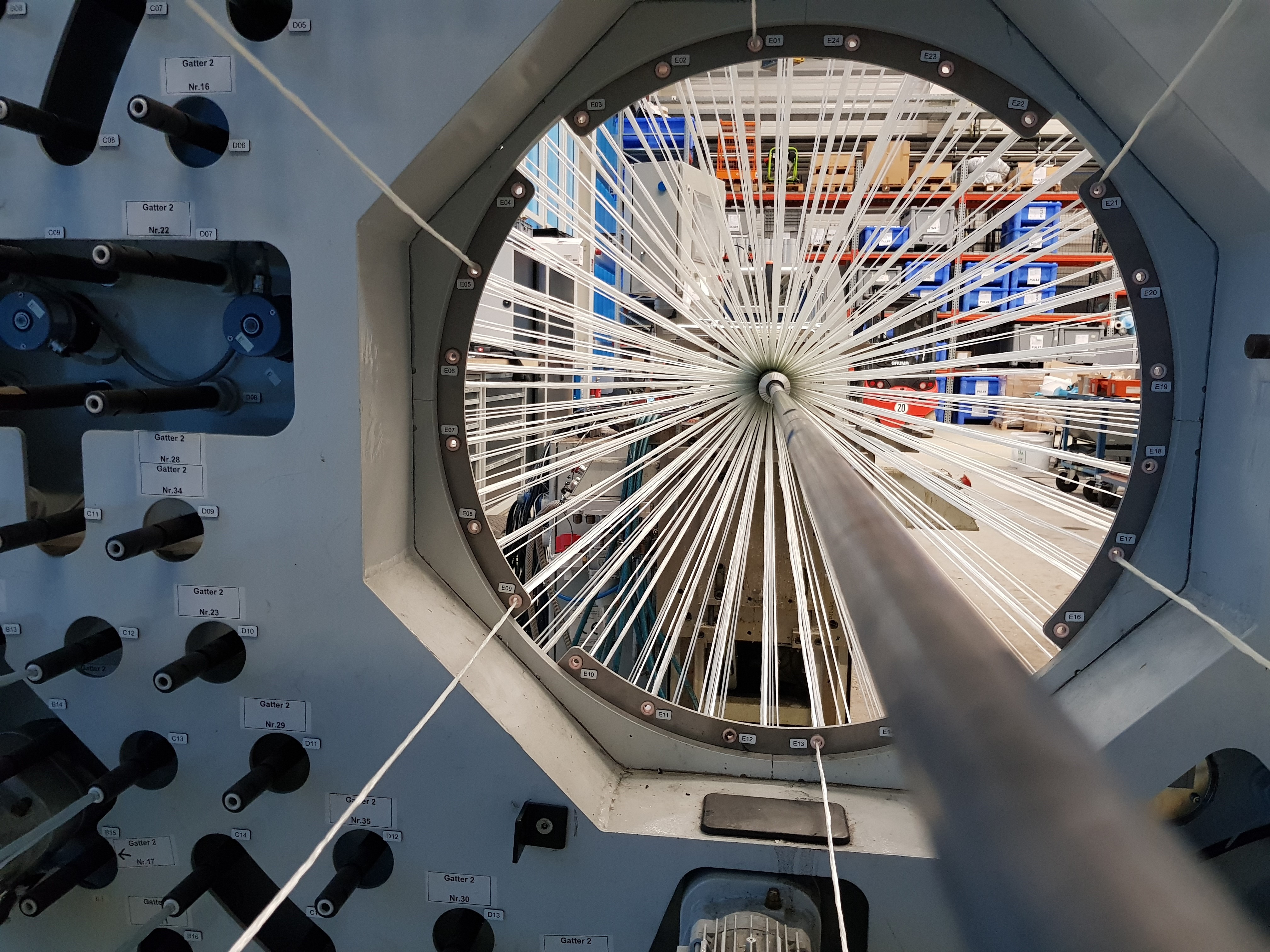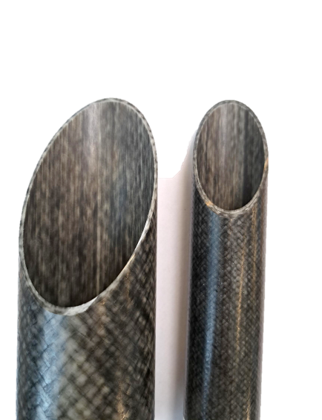The composite piping systems (see figure 3) must meet specific requirements regarding the electrical conductivity to be suitable for a use in the aviation sector. On one hand, the conductivity needs to be low enough to prevent the risk of inflammation in the event of a lightning strike. On the other hand, the conductivity needs to exceed a certain threshold to prevent the accumulation of electrostatic charges due to the flow of liquids through the pipes.
The antistatic properties of the pipes can be achieved by modifying the respective resin system with conductive filler materials. In AntiStatic the specific resistance is reduced to the required range by adding MIRALON® pulp (Huntsman Advanced Materials). During the production of MIRALON® pulp, the greenhouse gas methane is converted into hydrogen and the resulting carbon-based structure. While the hydrogen can be recycled as fuel, the MIRALON® pulp is utilized as a filler material to enhance various properties, particularly the electrical conductivity.
One of the greatest challenges is to achieve a uniform distribution of the MIRALON® pulp. The goal is to achieve isotropic antistatic properties, despite the anisotropic fiber structure during processing. Antistatic properties are particularly important during the transport of high-energy fluids as even a minimal spark formation due to electrostatic discharges can lead to explosions.


